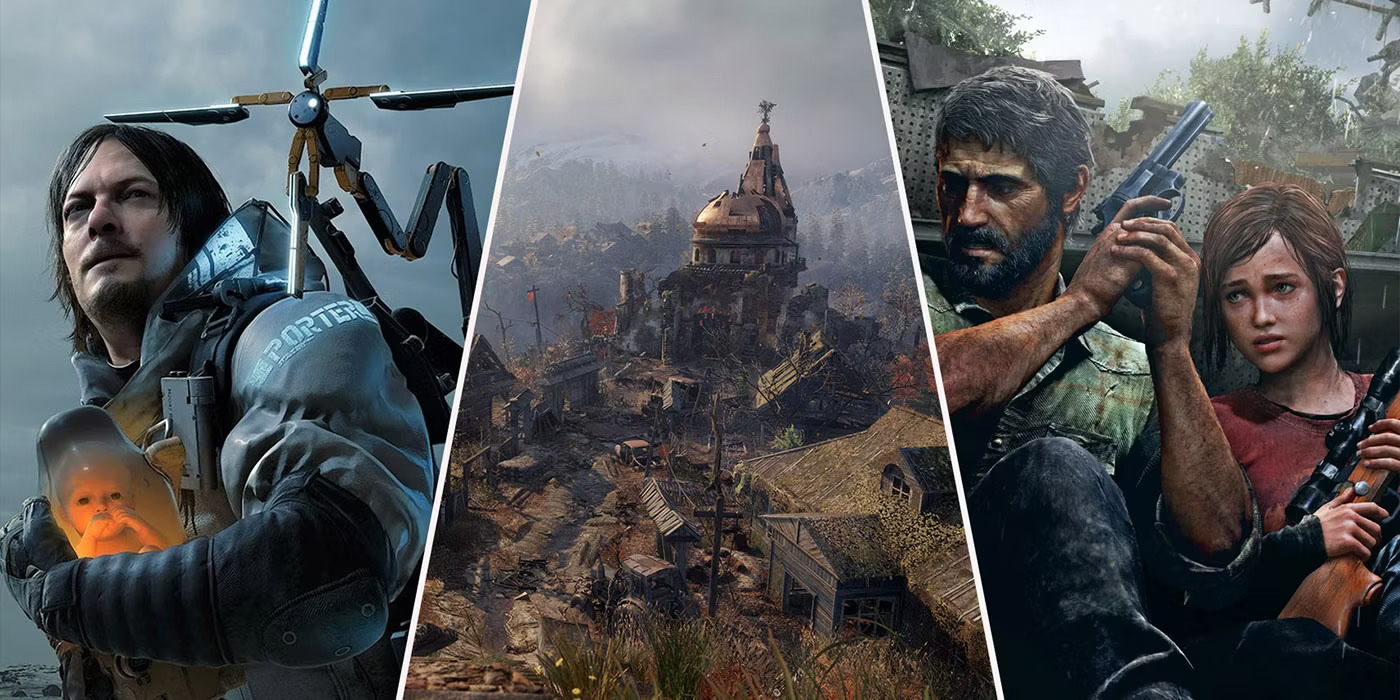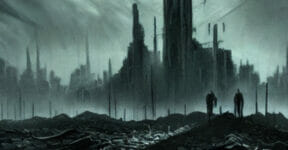For a book about the collapse of modern civilization following an EMP (electromagnetic pulse) attack, it is appropriately titled “One Second After.” The pulse itself will be gone just as soon as it hits, but the disastrous impact may last for years if not decades. An EMP attack would trigger something the preppers would refer to as a “fast crash,” in which an unprecedented apocalyptic event leads to deteriorating society until it inevitably and rapidly collapses.
Written by Dr. William Forstchen, a Professor of History and Writing at Montreat College in North Carolina, the One Second After book follows the citizens of Black Mountain as they fight for survival in the aftermath of a coordinated EMP attack on the United States.
The detonations of five nuclear missiles in the atmosphere have crippled the country and much of the world. Three of them detonated over Ohio, Utah, and Kansas; another exploded over Japan and South Korea; and one more missile generated the burst above Russia and East Europe. An alliance between North Korea and Iran is believed to have masterminded the attack, so the U.S. nuked the two countries in retaliation.
Just seconds after the EMP attack, the electrical chain reactions from the detonations affect everything in the blast radius. The entire power grid along with every device that relies on integrated circuits, semiconductors, and transistors simply stops working. Since the EMP hit all circuitries even fuses and surge protectors also fail. Unfortunately for modern societies who depend too much on advanced technologies to perform day-to-day activities, the attacks rendered almost everything useless including cars, trains, planes, refrigeration, medical facilities, water treatment plants, and radios/phones. A long-term electrical outage disrupts the financial system, the government, the military, the infrastructure, and law enforcement. The lack of sanitation and modern food preservation methods quickly leads to a surge of infectious diseases and hunger.
Like everywhere else in the world, the sweeping effect of an EMP attack brings the social order in Black Mountain to a collapse. Only a few small cars can run unaffected, but there will be no additional supplies indefinitely. With a shortage of food, comes the rationing. The novel makes a horrifying observation about turmoil as the rationing gets smaller by the day. There are scenes depicting children with bloated stomachs and skeletal figures who appear to stand still in line.
Deaths occur like waves and in a predictable fashion. Among the first to go were the nursing home residents due to limited access to medications. The next big wave took anybody with pre-existing conditions such as obesity, diabetes, and cardiovascular diseases. Whether the descriptions are exaggerations, or despite an out-of-place tragic situation in the U.S., the horror feels real and plausible.
Most of the above issues came from the viewpoint of the main character John Matherson, a retired U.S. Army Colonel who practically assumes leadership of Black Mountain during the dire circumstance. When a group of gangsters terrorizes the town with cannibalism, it is Matherson who leads a battalion of students to fight back against the barbaric marauders. The leader of the gang is captured and hanged for everybody to see.
Another concern is the population density of Black Mountain. It doesn’t take long for the power outage to bring society back to the 19th century. Many times as Matherson takes notice, people of the 21st century probably have to rely on 16th-century technology to survive and defend themselves. Failed infrastructure cannot sustain an already crowded Black Mountain, let alone the entire North Carolina, especially in an emergency. With diseases and starvation all around, communities make feudal-type arrangements with each other just like what happened in the Dark Age. People can rebuild without modern technologies, but everything is barely adequate makeshift tools and structures.
Ever-present Threat
Dr William Forstchen had the honor to have the book forwarded by Newt Gingrich. While some people might not entirely agree with some viewpoints of the former Republican Speaker of the House in real life and moan at the idea of a politician giving a foreword to a fiction book, Gingrich simply made a point of the book being an actual warning to the United States. He didn’t say it from an overly paranoia mindset where everyone is a terrorist and all Americans must keep an eye on their neighbors, but from a more pragmatic standpoint that only a handful of people in the government have considered the threat with any degree of thoughtfulness.
We think One Second After is more than just a fantasy. It is a real warning disguised under the umbrella of science fiction. A large-scale coordinated EMP attack is an ever-present threat considering the fact that many countries have developed their own nuclear arsenal ready to launch. Even if the missile does not directly hit any physical location, the EMP in the aftermath can still trigger a devastating impact on the population. As for the writing itself, the book does a much better job of depicting a typical town’s reaction to an emergency in a realistic fashion.
Have you read One Second After? Do you think the scenes are exaggerations or actually plausible in the situation? We’d love to hear from you.
Other things you might want to know
Is it part of a series?
One Second After is the first book of the John Matherson series. It is followed by:
- One Year After (2015)
- The Final Day (2017)
- 5 Years After (2023)
Some of the most popular books by Dr. William Forstchen:
- Into the Sea of Stars (1986)
- 1945 (1995), co-authored by Newt Gingrich
- Doctors of the Night (2011)
- Pillar to the Sky (2014)
- Day of Wrath (2014)
- Twin Flame (2017)
- 48 Hours (2019)
What if an EMP attack happens?
It wouldn’t be a farfetched idea to say that the United States and much of the world will succumb to such an attack, which causes failures in the national electric grid. In 2008, Congress received a statutory “Report of the Commission to Assess the Threat to the United States from Electromagnetic Pulse” that contained over 100 recommendations to protect the electric grid and other critical infrastructures (transportation, communications, business, finance, water, food, etc.) as preventive measures against EMP attack. By 2015, no recommendation has been implemented. Some say we have largely ignored the report along with its recommendations, which is a worrying perspective given the risk.
Check out other articles by month:








